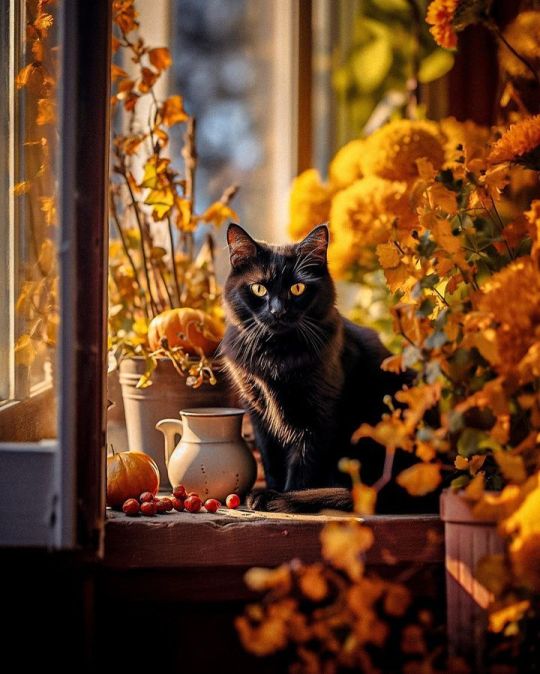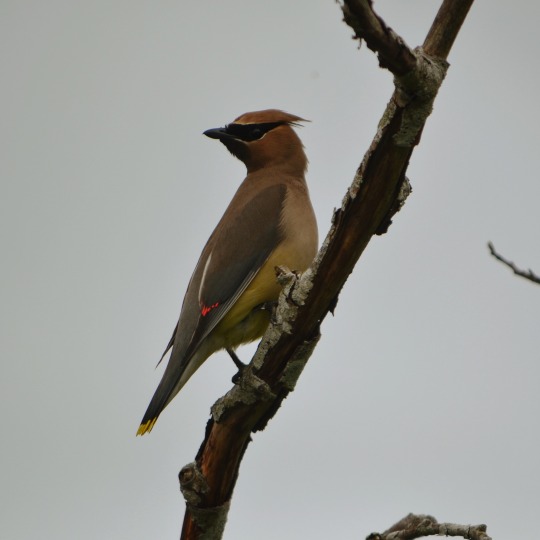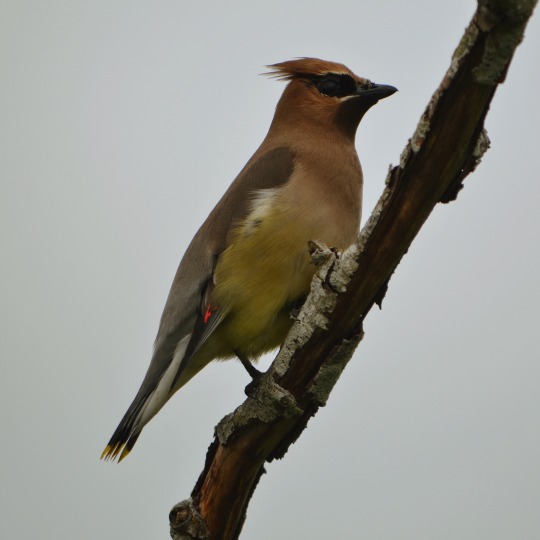Text
Species You Didn’t Know Weren’t Native to North America
There are some species found here in North America that are so common that many people just assume they’re part of the native menagerie. They’re naturalized, which means they’re non-native but have managed to establish reproducing populations here. Some may also be considered invasive, in that they aggressively compete with native species and may even displace them in some places.
I know some of you readers will already be familiar with the fact that the following species aren’t native here. But I bet there’ll be surprises for the rest of you! Let’s see who our not-actually-natives are.

Ring-necked Pheasant (Phasianus colchicus)
Hunters across the continent have long hunted pheasants for the table. First introduced in 1773–exactly 250 years ago–they have since made themselves at home in fields and meadows. While the largest populations can be found in the Midwest, especially the Great Plains states, they can be found throughout the United States, with additional scattered populations in southern Canada and Mexico.
While sometimes assumed to have integrated into their introduced habitats, pheasants actually wreak havoc on native game birds like quail and grouse. They compete for suitable food and nest sites, and may also practice nest parasitism, laying their eggs in other birds’ nests. This competition has led to decreases in native bird populations, as has the spreading of diseases that the pheasants tolerate, but which decimate other species. Pheasants will even attack and kill other birds.
So what other species made the list? Keep reading to find out!
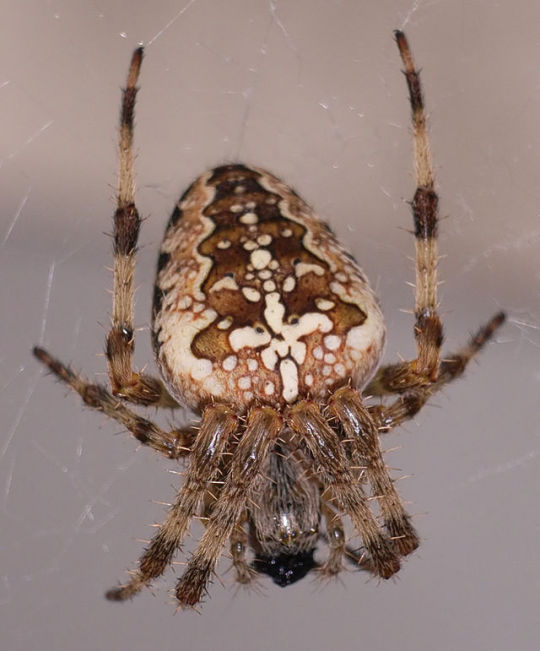
Cross Orb Weaver (Araneus diadematus)
Fall is cross orb weaver time, and I run into these spiders constantly–sometimes literally, depending on how inconveniently their webs are placed! By that time of year, they’ve grown large enough to be noticeable, and their orange and brown coloration looks rather festive.
While I haven’t been able to find any indication that these spiders have a deleterious effect on their introduced ecosystems, they likely put at least some pressure on local invertebrate populations, whether as predators or competitors for prey species. This may become more pronounced as continued overuse of pesticides and habitat loss contribute to the invertebrate apocalypse.
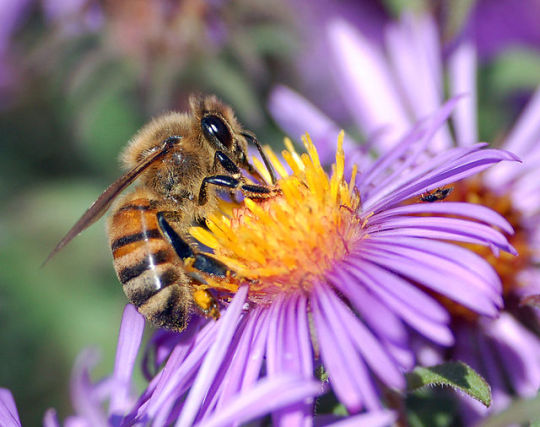
Honey Bee (Apis mellifera)
“Save the bees!” has been an increasingly common headline since Colony Collapse Disorder first became widely known among the general public almost twenty years ago. What the articles rarely mention is that the honey bee is actually a domesticated insect that originated from wild stock in Europe. In fact, the true wild honey bee may be close to extinction, another victim of its domesticated descendants.
In fact, honey bees cause the decline of wild bee species wherever they are introduced. Not only do they compete with wild bees for food and nest sites, but they also spread diseases and parasites to these other species, some of which have become quite scarce. Moreover, honey bees are less effective at pollinating native plants outside their own range, and these species are at risk of extinction if their native pollinators are out-competed.

Another invertebrate beloved of gardeners here, the earthworms actually consist of a mix of both native and non-native species. Unfortunately, many native earthworms went extinct during the last Ice Age, so if your area has a recent glacial history it’s likely that the worms in your garden are invasive. (That does include the red wigglers (Eisenia fetida) commonly used for vermicomposting.)
What damage can a bunch of worms do? Plenty, as it turns out. They speed up decay and mix up nutrients in the soil in ways that many North American ecosystems aren’t used to. This changes physical characteristics of the soil like pH, texture, and density, as well as distribution of nutrients. Some young plants may not be able to reach nutrients that worms have moved deeper underground. So while you may thank earthworms for aerating the soil in your garden, they’re more of a problem for a lot of native ecosystems here.

umbleweed (various species)
“Drifting along with the tumbling tumbleweeds,” sang the Sons of the Pioneers in 1934, though tumbleweeds have been associated with the American West for much longer. Several species of plant dry out, snap off the root system, and roll along the ground spreading the mature seeds. The best-known species is the Eurasian Kali tragus, though there are other species that have been introduced here.
Because these plants take up a lot of physical space, they can crowd out native plants, especially those that are not shade-tolerant. Their seed distribution method means that one plant can spread its descendants many miles from where it originated. Moreover, the masses of dead, dry tumbleweeds can build up and become wildfire fuel.

Red Clover (Trifolium pratense) and White Clover (Trifolium repens)
These two plants are so ubiquitous that it’s easy to assume they’ve always been here. White clover is especially common in lawns, and red clover will pop up in just about any disturbed sunny spot. Both are native to Europe and Asia, and red clover additionally may be found in North Africa. However, both species have been widely introduced elsewhere.
While neither is considered particularly invasive, they can take over large areas of disturbed land. They are deliberately sown for cover crops and livestock forage, so they’re not likely to go away any time soon.
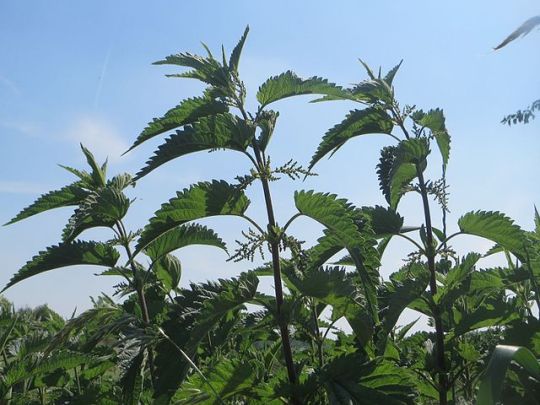
Stinging Nettle (Urtica dioica)
This is one of the most popular spring plants for foragers; chemicals that cause irritation can be removed through soaking the plants in water or cooking them. Although stinging nettle grows well in large areas of the United States, Mexico, and southern and western Canada, it is actually native to northern Africa, Europe, and Asia.
Stinging nettle makes itself at home in forested settings in particular. While it doesn’t create the same sorts of monocultures that, say, Himalayan blackberry does, it can shade out smaller plants with its broad leaves.
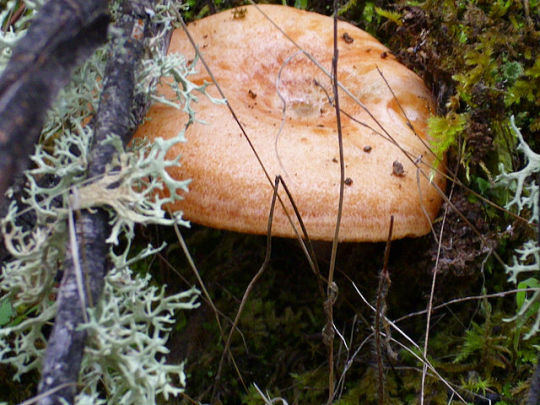
Saffron Milkcap (Lactarius deliciosus)
People don’t often think of fungi when it comes to non-native and invasive species, and yet there are fungi that have been moved around to new areas, often with their partner plants. Some are tiny soil fungi, but there are those that produce visible fruiting bodies. The edible saffron milkcap is one of these. It is mycorrhizal with pine trees in its native Europe, and managed to form connections with pines in North America as well.
As saffron milkcap does not cause any known diseases of plants, it is not considered an invasive species in the way that chestnut blight (Cryphonectria parasitica) is. While the mycelium of saffron milkcap may certainly compete for some of the same soil nutrients as native species in the same area, it has not become aggressive enough to displace native fungi.
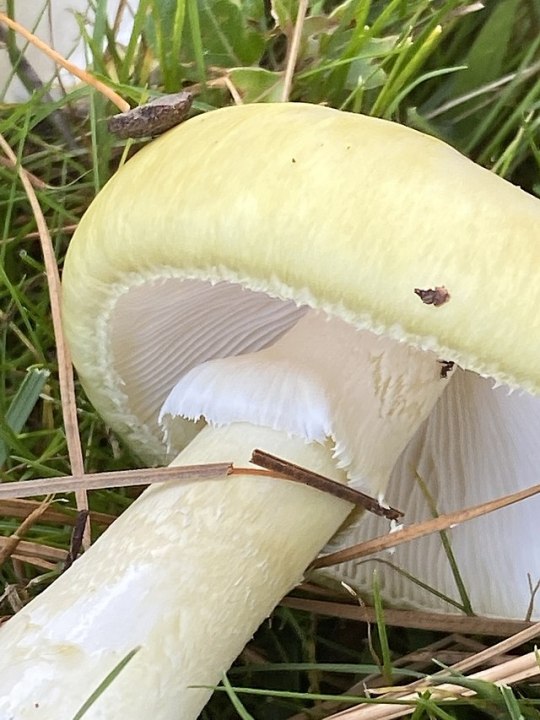
Death Cap (Amanita phalloides)
There are large, white Amanita species native to North America, like A. ocreata and A. bisporigera, both known colloquially as “destroying angels.” The death cap, however, is native to Europe. It has been spreading through parts of the United States, particularly along all the coastlines, and may sometimes be yellow-tinted. Its close cousin, the European destroying angel (A. virosa), has made a few appearances in New England and southern Quebec according to iNaturalist’s map of research-grade observations.
While these invasive Amanitas do not cause widespread ecological damage, they are considered invasive due to their extreme lethality. One cap is sufficient to kill a healthy adult human being.
Did you enjoy this post? Consider taking one of my online foraging and natural history classes or hiring me for a guided nature tour, checking out my other articles, or picking up a paperback or ebook I’ve written! You can even buy me a coffee here!
55 notes
·
View notes
Text
Animal of the Day!
Argali (Ovis ammon)
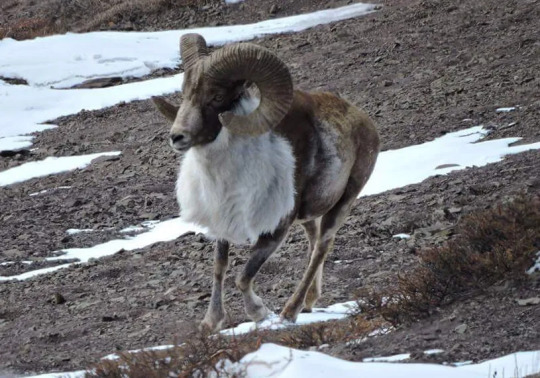
(Photo by Rigzen Dorjay)
Conservation Status- Near Threatened
Habitat- China
Size (Weight/Length)- 180 kg; 2 m
Diet- Grasses; Shrubs
Cool Facts- The magnificent argali are truly adapted for sheer cliffs and vertical drop offs. While the smaller females and their kids prefer staying at lower elevations, larger males reach elevations of 5,800 meters with ease. Females gather in massive herds of up to 150 individuals while males stick it out in bachelor pads of 30. Herds mingle in the fall and winter in preparation for the mating season where males duke it out. Slamming into each other head first, a clash between fully grown males involves two sets of 20 kilogram horns hitting each other loud enough to be heard 800 meters away. Sadly, argali populations are dropping steadily from livestock ranching and trophy hunting for their massive horns.
Rating- 13/10 (Killed for being beautiful.)
176 notes
·
View notes
Text

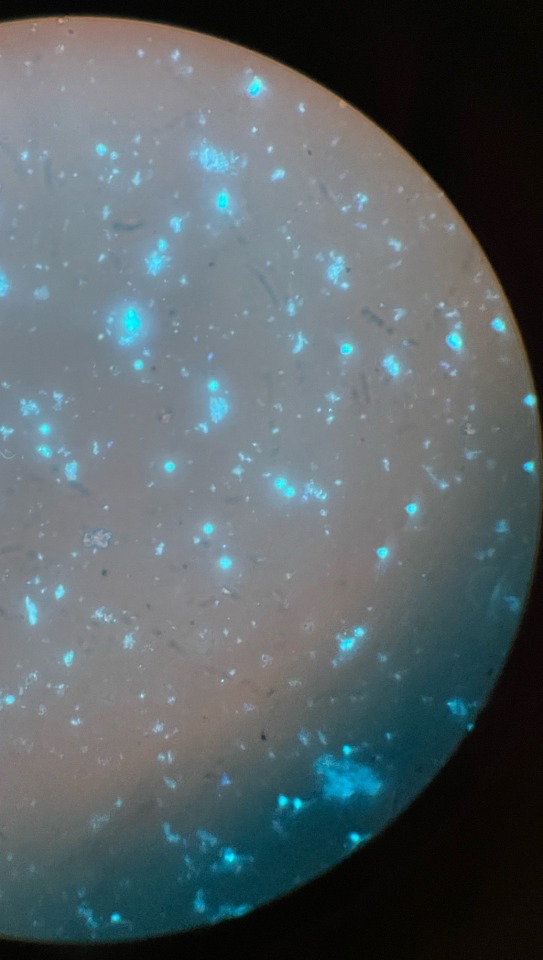
If you’re looking at this, you are one of the first in the world to see the brain cells of the Australian stingless bee (Tetragonula carbonaria).
I’ve been learning the isotropic fractionator method to count brain cells in the brain. The plan is to apply this method to Australian bee species to find out the number of neurons in their brains.
1K notes
·
View notes
Text
Endless Forms Most Beautiful
LXXXVI: Upupidae


Taking another step into Cavitaves, we come to the order Bucerotiformes, the first family of which is Upupidae: the hoopoes. There are 3 species spread across Afro-Eurasia. Pictured are the Eurasian (Upupa epops) and Madagascar hoopoe (U. marginata).
The name hoopoe and genus Upupa are both onomatopaeic, derived from their hooting "hoop-hoop-hoop" call. Adorning their head is an iconic crest that can be raised and lowered based on mood. Their beak is just as striking: a long, thin, curved tool which the birds use to probe into the soil for invertebrates as they walk or hop along the ground. The flight pattern of hoopoes is often described as "butterfly style", having an undulating and erratic quality, though they are highly capable of avoiding aerial predators nonetheless.

Hoopoes are birds of open areas, such as savanna, dune, and farmland habitats. Like all Cavitaves, they nest in cavities, building a loose platform in a tree hollow or rock crevice. As a striking bird with a wide range, it is no surprise that they have featured in human cultures throughout the ages. Hoopoes are mentioned in both the Torah and Qur'an, are depicted on Egyptian tombs, and were associated with royalty in Crete and Persia.
177 notes
·
View notes
Text
4K notes
·
View notes
Text
If you are a women of child bearing age please read this article.
70 notes
·
View notes
Photo

Source details and larger version.
Foxy: my collection of vintage fox imagery.
532 notes
·
View notes
Photo










Posie Parker came to Belfast today with a bunch of tourists from Britain to incite hatred against the trans community.
Women’s orgs, LGBT orgs and trade unions in Northern Ireland came together to invite Posie and her mates to fuck off.
11K notes
·
View notes
Text
California is helping to provide abortions to people in red states. They can offer help for travel when needed. Please share this for those in need
#america#american politics#abortion#abortion ban#abortion access#california#womens rights#mysogyny#healthcare#politics#health
17 notes
·
View notes
